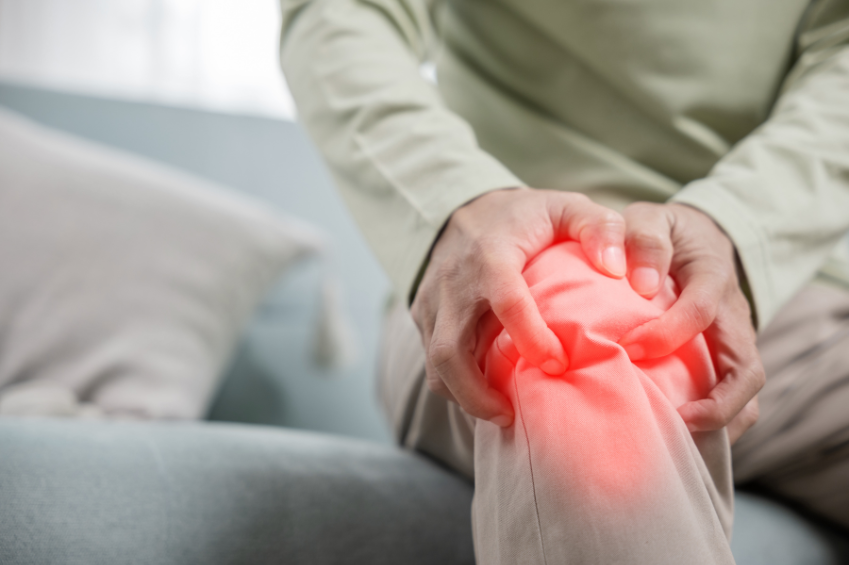
Quality Treatment With Super Affordable Price
Best Physiotherapy Treatment India
Call us anytime
Write a mail

Rainy days bring much-needed relief from the scorching heat, but for many people—especially those dealing with arthritis or past injuries—the monsoon can also mean more stiffness and discomfort. The increased moisture, dampness, and sudden weather changes often make joints feel heavy, swollen, and harder to move. With the right care and treatment, however, joint pain can be managed effectively, allowing you to stay active even when the rain keeps you indoors.
The joints may feel more painful during the wet season; the changes in barometric pressure cause tissues to expand, and the increased humidity could cause swelling and retention of fluid. These factors, when combined, create joints that swell and are less flexible than they normally are. The elderly or those with arthritis injuries are likely to experience the pain more. But joints in good health can experience discomfort during this cold weather.
The initial step in the treatment of joints in the monsoon is reducing swelling. Here are a few easy methods to achieve this:
When the weather stops you from taking an outdoor walk, don’t allow your joints to remain inactive; the movement of your joints is essential to reducing stiffness. Do these easy indoor exercises:
Joint care during the monsoon season is all about keeping swelling to a minimum and staying active inside. By taking small steps every day that you take, you will be able to safeguard your joints while enjoying the season of rain without suffering. If you require expert advice or assistance, Gold Medal Physiotherapy can provide specialised treatment that will help you get moving better and lead a pain-free life.
Why do joint pains increase when the monsoon is in full swing?
Due to humidity and fluctuations in pressure within the air, the joints will swell and become stiffer in rainy conditions.
What food items aid in reducing joint swelling?
Turmeric, ginger, and green fruits, nuts, as well as omega-3-rich seeds such as flax, chia and hemp are all excellent anti-inflammatory foods.
Do indoor exercises indoors really improve the joints?
Even easy indoor exercises like yoga and stretching help joints stay flexible and decrease stiffness.
What is the best treatment for swelling?
Both are helpful. Cold packs are the best option for the swelling of muscles, as hot packs ease stiffness. The combination of both works very well.
What is the best time to see a physiotherapist to treat joint inflammation?
If you’re not able to relieve your pain by using home remedies, it is getting worse, or limit your activities on a daily basis, it’s the right time to talk with a physical therapist.


Quality Treatment With Super Affordable Price
Call us anytime
